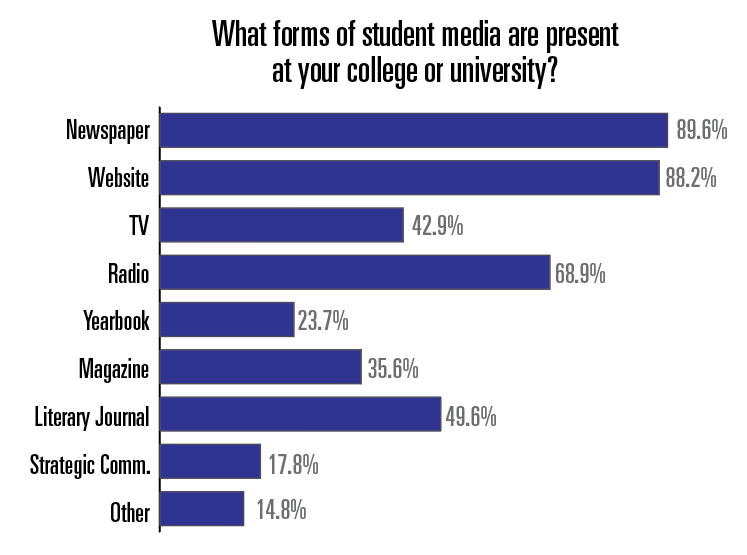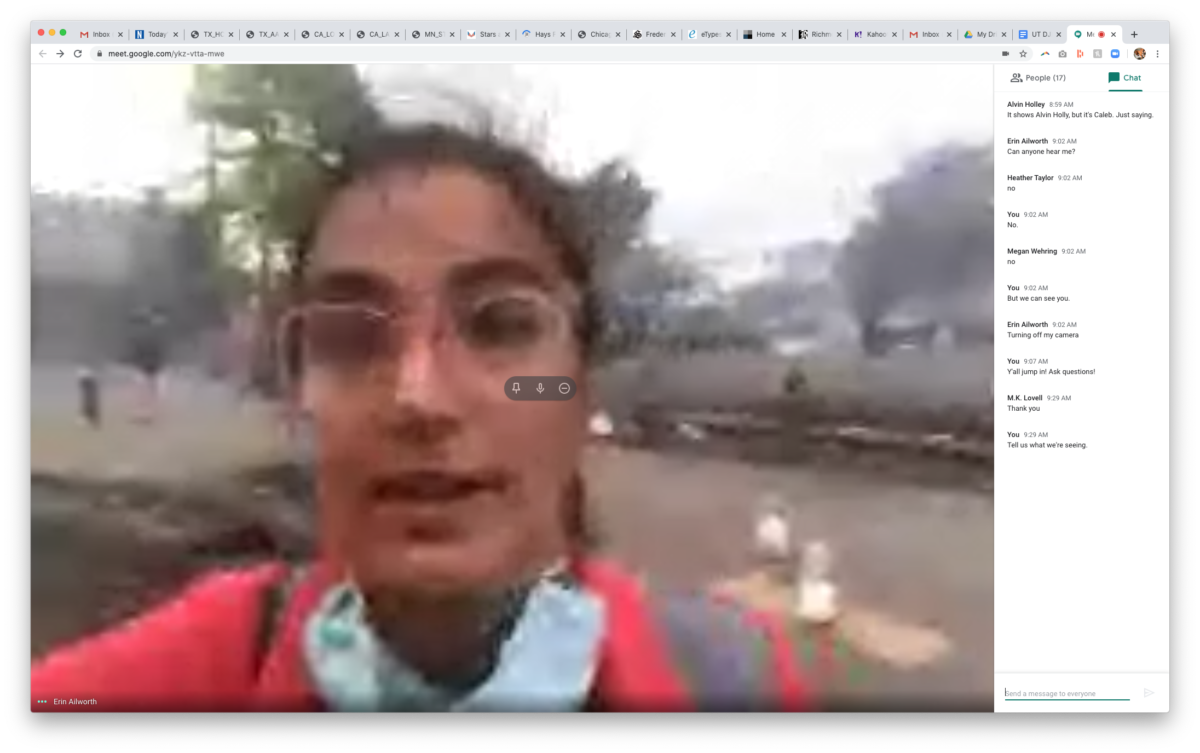Printed revision and update for the style guide
Reviewed by Carolyn Schurr Levin
Originally a project of the Center for Integration and Improvement of Journalism in San Francisco State University’s journalism department in the 1990s, the “Diversity Style Guide” was a collection of terms from other style guides that existed at the time. That original guide, which was available in PDF form but was never published, was updated and expanded into a searchable website, https://www.diversitystyleguide.com, in 2016. The goal of the website, which is still available and regularly updated, was to “make journalism more inclusive from the classroom to the newsroom.” The website offered “guidance, context and nuance for media professionals struggling to write about people who are different from themselves and communities different from their own.”
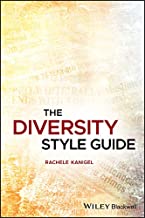 While editing the website, Rachele Kanigel, Professor and Chair of the journalism department at San Francisco State University, realized that “there were a lot of issues and context that needed further exploration, and that a book would be a better format for that information.” The result was the book version of “The Diversity Style Guide,” a highly useful and usable tool for students, professors and professional journalists alike. Although published in 2019, what better time to explore this book than now? Continue reading “Review of ‘The Diversity Style Guide,’ by Rachele Kanigel”
While editing the website, Rachele Kanigel, Professor and Chair of the journalism department at San Francisco State University, realized that “there were a lot of issues and context that needed further exploration, and that a book would be a better format for that information.” The result was the book version of “The Diversity Style Guide,” a highly useful and usable tool for students, professors and professional journalists alike. Although published in 2019, what better time to explore this book than now? Continue reading “Review of ‘The Diversity Style Guide,’ by Rachele Kanigel”



 Finding news in new places during an isolating time
Finding news in new places during an isolating time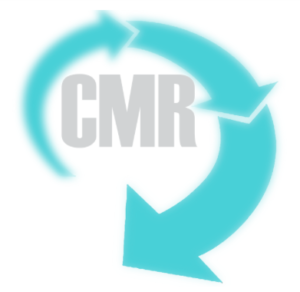 In the old pre-pandemic days, I relied on our campus for beat ideas. I stood in the classroom and talked about the importance of covering the Student Government Association, for example— “follow the money,” I’d say passionately into faces that usually showed no reaction. But that was okay because then I could take them on a forced field trip, down three flights of stairs to the Student Life Office, where they met Kathy, the woman who gave them the agenda and minutes for the next SGA meeting, the woman who provided contacts to campus clubs, and the woman who supplied background and details about upcoming events.
In the old pre-pandemic days, I relied on our campus for beat ideas. I stood in the classroom and talked about the importance of covering the Student Government Association, for example— “follow the money,” I’d say passionately into faces that usually showed no reaction. But that was okay because then I could take them on a forced field trip, down three flights of stairs to the Student Life Office, where they met Kathy, the woman who gave them the agenda and minutes for the next SGA meeting, the woman who provided contacts to campus clubs, and the woman who supplied background and details about upcoming events. How student journalists learn to file public records requests
How student journalists learn to file public records requests Abstract: This interview-based study examines the experiences of college journalists who have filed freedom of information (FOI) requests. Sixteen college journalists were asked about specific public-records requests they filed and their feelings about FOI in general. This study finds that college journalists generally learned how to file FOI requests not in the classroom, but rather from their peers. Students filed requests that tended to seek records from their home institutions rather than from other agencies. College journalists were generally optimistic about the potential of FOI to yield newsworthy information, despite that many of their requests went nowhere. College journalists also believed their status as students put them at a disadvantage. Finally, some students recognized that the outcomes of requests were highly situational, based on the records officers handling them.
Abstract: This interview-based study examines the experiences of college journalists who have filed freedom of information (FOI) requests. Sixteen college journalists were asked about specific public-records requests they filed and their feelings about FOI in general. This study finds that college journalists generally learned how to file FOI requests not in the classroom, but rather from their peers. Students filed requests that tended to seek records from their home institutions rather than from other agencies. College journalists were generally optimistic about the potential of FOI to yield newsworthy information, despite that many of their requests went nowhere. College journalists also believed their status as students put them at a disadvantage. Finally, some students recognized that the outcomes of requests were highly situational, based on the records officers handling them.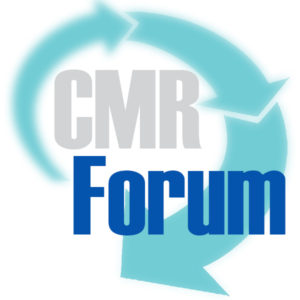 In January 2019, 16 year old Nicholas Sandmann participated in a school trip to Washington D.C. along with other students from Covington Catholic High School in Park Hills, Kentucky. Sandmann, who wore a Make America Great Again hat, participated with his classmates in a March For Life rally and then went to the Lincoln Memorial to wait for the buses that would bring them home to Kentucky. While at the Lincoln Memorial, Sandmann encountered 64-year-old Native American activist Nathan Phillips, who was standing in front of him, playing a drum and chanting at an Indigenous Peoples March.
In January 2019, 16 year old Nicholas Sandmann participated in a school trip to Washington D.C. along with other students from Covington Catholic High School in Park Hills, Kentucky. Sandmann, who wore a Make America Great Again hat, participated with his classmates in a March For Life rally and then went to the Lincoln Memorial to wait for the buses that would bring them home to Kentucky. While at the Lincoln Memorial, Sandmann encountered 64-year-old Native American activist Nathan Phillips, who was standing in front of him, playing a drum and chanting at an Indigenous Peoples March. Sandmann’s interaction with Phillips was captured in photos and videos, which went viral. In addition to being reported by mainstream media outlets CNN, the Washington Post, NBC, and others, a video of the encounter was uploaded and widely shared on social media platforms, including Instagram, Twitter and YouTube, receiving millions of views. The video led to widespread accusations of bigotry by Sandmann. Almost universally, the media coverage of the encounter portrayed Sandmann as the smirking aggressor. That is not, apparently, what really happened.
Sandmann’s interaction with Phillips was captured in photos and videos, which went viral. In addition to being reported by mainstream media outlets CNN, the Washington Post, NBC, and others, a video of the encounter was uploaded and widely shared on social media platforms, including Instagram, Twitter and YouTube, receiving millions of views. The video led to widespread accusations of bigotry by Sandmann. Almost universally, the media coverage of the encounter portrayed Sandmann as the smirking aggressor. That is not, apparently, what really happened.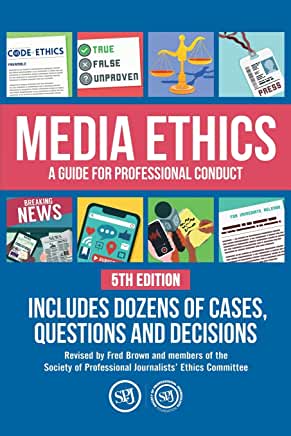
 How Award-Winning Student Newspaper Editorials Framed COVID-19
How Award-Winning Student Newspaper Editorials Framed COVID-19 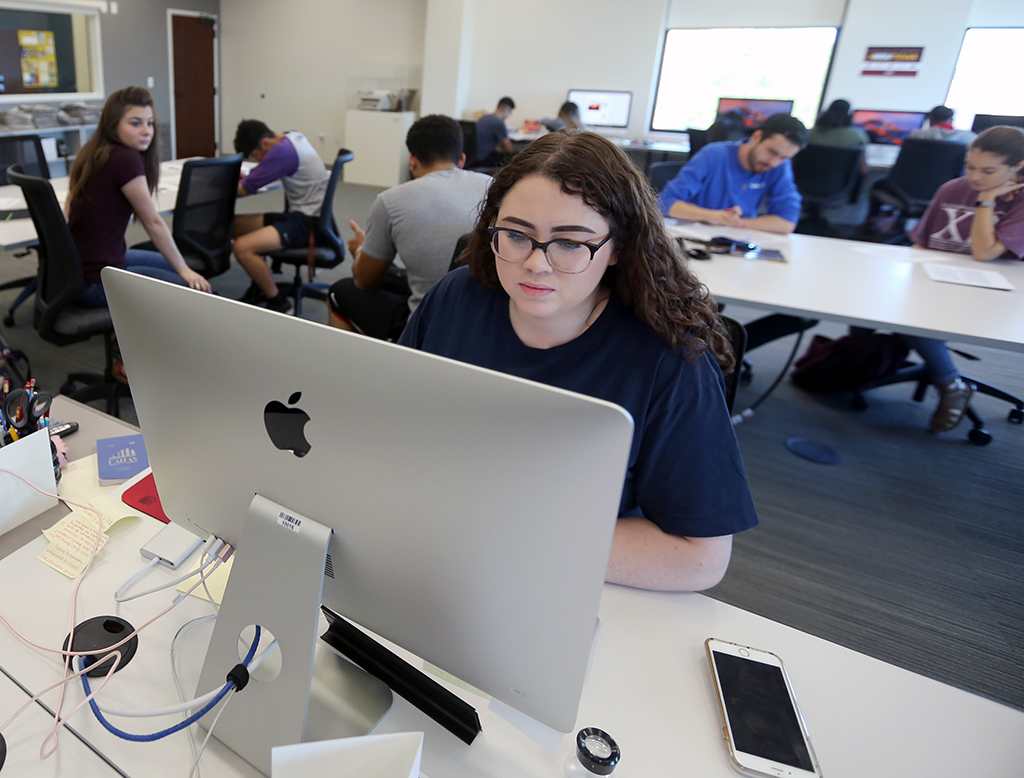
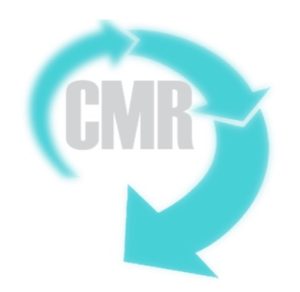 The fourth annual “State of College Media” survey provides a snapshot of what college media operations face and also identifies industry trends. Approximately 135 CMA members nationwide completed the survey, which was distributed electronically on June 4, 2020.
The fourth annual “State of College Media” survey provides a snapshot of what college media operations face and also identifies industry trends. Approximately 135 CMA members nationwide completed the survey, which was distributed electronically on June 4, 2020.